Ever wondered what those two numbers in your blood pressure reading really mean? It’s more than just digits—it’s a window into your heart’s rhythm and overall health.
रक्तचाप (ब्लड प्रेशर) क्या होता है?
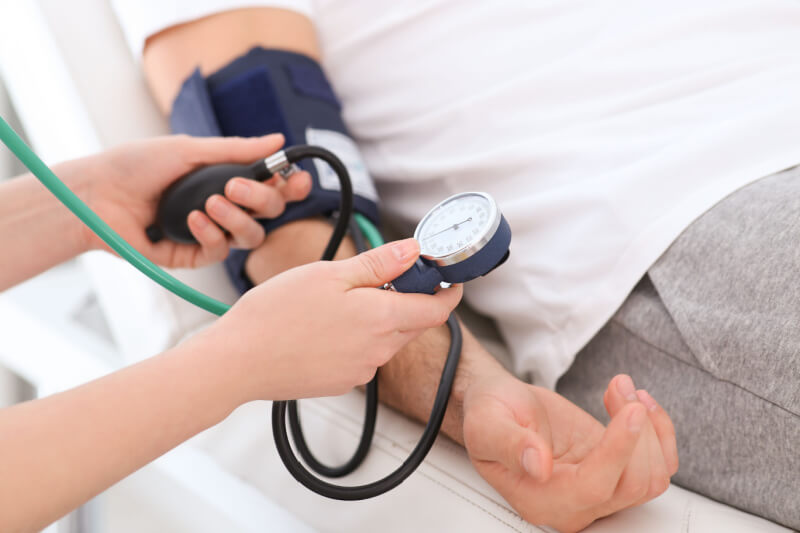
Blood pressure is the force that circulating blood exerts on the walls of arteries. A headache, shortness of breath, dizziness, and fainting are all symptoms of high and low blood pressure.
सिस्टोलिक और डायस्टोलिक ब्लड प्रेशर
Monitor your blood pressure readings to figure out if you need to control it. The pulse of blood flow and the pressure it applies vary periodically. Measuring your systolic and diastolic blood pressure determines your total blood pressure.
सिस्टोलिक ब्लड प्रेशर क्या है?
Systolic blood pressure is the higher reading. During a heartbeat, the heart pushes the blood out into the arteries, and this is known as systole. It is used to measure high blood pressure.
The heart tends to push more blood out during exercise or when a person is under stress. In cases where an individual is involved in some activity, increased pressure is a normal phenomenon. However, if the pressure reading is high in a resting state, that is a condition of hypertension or high blood pressure. High systolic pressure is caused by the narrowing of the arteries, which makes the cardiac muscles work harder to push blood through.
Low systolic pressure is when the blood pressure range is lower than normal and is known as hypotension. When you are severely dehydrated or lose a lot of blood, there isn’t enough blood to circulate through your body, which can cause light-headedness. Pregnancy, heart-related and endocrine problems, or a lack of nutrients in your diet can also lead to hypotension.
डायस्टोलिक ब्लड प्रेशर क्या है?
ह्रदय जब धड़कनों के बीच रिलैक्स की स्थिति में होता है, तब वह खून को दोबारा भरता है और ऑक्सीजन प्राप्त करता है. दो धड़कनों के बीच इस रिलैक्स की स्थिति को डायस्टोल कहा जाता है. हृदय की अगली धड़कन से पहले, रिलैक्स की स्थिति के दौरान किए जाने वाले इस माप को डायस्टोलिक प्रेशर कहते हैं और इसका इस्तेमाल लो ब्लड प्रेशर को मापने के लिए किया जाता है.
You need to stay relaxed to get the correct systolic and diastolic blood pressure readings. Keep your legs uncrossed, arms by your side, and your bladder empty, as these factors can affect the readings. Doctors use a stethoscope to listen to the heartbeat while checking your blood pressure. If you measure your blood pressure at home, place the cuff on your arm at the same level as your heart, and then measure the blood pressure range on an electronic monitoring machine.
Which is more important?
Both are important. However, doctors may focus more on your systolic pressure. That’s because research shows that high systolic blood pressure is linked to an increased risk of cardiovascular issues, such as heart attack and stroke. High diastolic pressure can also impact your risk, but to a lesser extent.
However, research indicates that diastolic blood pressure might be more significant as a cardiovascular risk factor for people under 50.
ब्लड प्रेशर रेंज
A healthy adult’s normal blood pressure is 120 mmHg during systole (peak artery pressure) and 80 mmHg during diastole (resting phase of the heartbeat). Elevated blood pressure occurs when readings consistently range from 120-129 systolic and less than 80 mmHg diastolic, increasing the risk of developing high blood pressure. The first stage of hypertension occurs when blood pressure exceeds 130-139 mmHg systolic and 80-89 mmHg diastolic, while the second stage begins at 140/90 mmHg. Therefore, it is a good practise to measure your blood pressure levels regularly.
Causes and risk factors
It’s much more common to have high blood pressure than low blood pressure. The risk factors for these two conditions are very different.
Causes and risk factors for high blood pressure
Some risk factors for hypertension, such as age, genetics, and family history, are beyond your control. For example, people assigned male at birth are more likely to develop high blood pressure at an earlier age. Other risk factors include lifestyle habits and additional health conditions, such as:
- डायबिटीज
- हाई कोलेस्ट्रॉल
- किडनी के विकार
- स्लीप एप्निया / नींद में सांस रुकने की समस्या
- Lack of physical activity
- धूम्रपान
- Drinking too much alcohol
- क्रॉनिक स्ट्रेस
- A diet high in salt, sugar, and fat
Causes and risk factors for low blood pressure
Causes of low blood pressure include:
- Arrhythmia or abnormal heart rhythms
- Autonomic dysfunction, or a condition where the autonomic nervous system does not work properly
- Blood loss
- डिहाइड्रेशन (पानी की कमी)
- गर्भावस्था
- Certain medications, such as those for hypertension, depression, or Parkinson’s
If you’re over 65, you might be at risk of orthostatic hypotension, a condition where your blood pressure falls when you move from sitting to standing.
Effects of high and low blood pressure
High blood pressure typically has no symptoms unless you’re experiencing a hypertensive crisis. It quietly harms your blood vessels and organs, and you might not know you have it until the damage is done.
Uncontrolled high blood pressure can cause cardiovascular events such as a heart attack, heart failure, or stroke. It can also impact your eyes and kidneys.
On the other hand, low blood pressure can lead to the following symptoms:
- चक्कर आना
- Fainting
- Seizures
- सीने में दर्द
- Loss of balance
- जी मिचलाने की समस्या
- Thirst
- Inability to concentrate
- Headaches
- नजर धुंधलाना
- थकान
- सांस लेने में परेशानी
- Clammy or bluish-tinged skin
ब्लड प्रेशर को सामान्य बनाए रखें
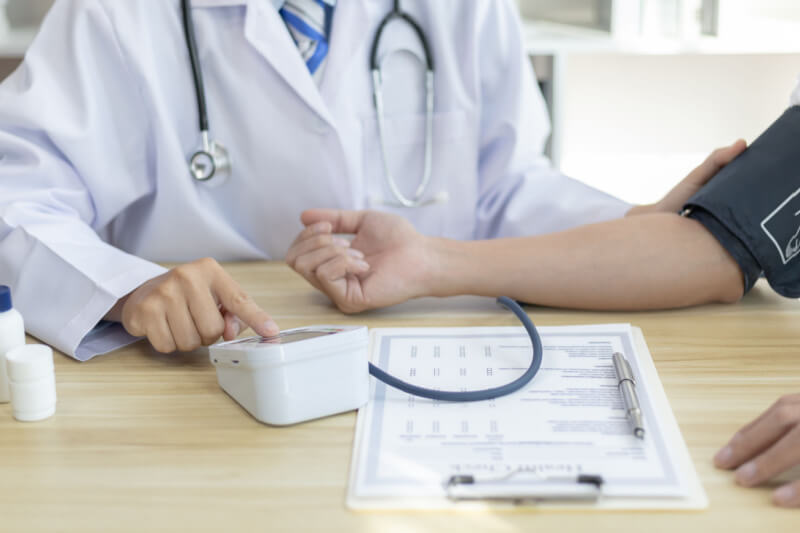
To keep blood pressure within normal ranges,
- Exercise every day. Lose those extra kilos if you’re overweight.
- Reduce your consumption of salt, sugar, and sodium.
- Follow a DASH (Dietary Approaches to Stop Hypertension) diet that includes green leafy vegetables, fruits, whole grains, fish, poultry, and low-fat dairy products.
- Avoid alcohol, smoking, caffeine, and high-fat foods, as blood pressure and cholesterol levels are connected.
- Aim for 7-8 hours of sleep to lower stress.
- Treat your high blood pressure promptly, or it could cause heart disease हो सकता है या आपकी किडनी खराब हो सकती है.
Know your numbers
Living actively and eating healthily can sustain you. Monitoring your blood pressure can assist you in managing your risk of complications. You can check your blood pressure using our online Blood Pressure Calculator.
FAQs about systolic and diastolic blood pressure
Got questions about what those top and bottom blood pressure numbers mean? Here are answers to the most common FAQs on systolic and diastolic pressure.
- Can systolic and diastolic pressures move in opposite directions?
Yes, systolic and diastolic pressures can move in opposite directions, and it can signal different underlying health conditions. For example:
- Systolic goes up, diastolic stays the same or drops: This can happen with aging or stiff arteries, leading to isolated systolic hypertension—a common issue in older adults.
- Diastolic rises, systolic stays the same: This might indicate increased resistance in smaller arteries, sometimes seen in younger individuals or early hypertension.
- What lifestyle changes help regulate blood pressure?
Several simple yet powerful lifestyle changes can help keep your blood pressure in check:
- खाएं हार्ट हेल्दी: Incorporate a diet rich in fruits, vegetables, whole grains, and low-fat dairy (think DASH diet).
- Cut the salt: Reduce sodium intake to help ease pressure on your arteries.
- Get more active: Try to reach at least 30 minutes of moderate exercise on most days.
- स्वस्थ वज़न बनाए रखें: Losing just a few kilos can have a significant impact.
- Avoid alcohol and caffeine: Both can elevate blood pressure.
- धूम्रपान छोड़ें: It damages blood vessels and spikes pressure.
- स्ट्रेस को मैनेज करें: Deep breathing, yoga, or meditation can help calm both the mind and blood pressure.
- Are home blood pressure monitors reliable?
Yes, home blood pressure monitors can be reliable if you use the right device and follow the correct method:
- Choose a validated monitor (preferably upper-arm, not wrist or finger models).
- Check the cuff size. Being too tight or loose can affect the results.
- Follow proper technique. Sit calmly, back supported, feet flat, and arms at heart level.
- Avoid caffeine, exercise, or smoking 30 minutes before measuring.
Key Takeaways
- Diabetes, high cholesterol, and kidney disease are some of the causes of high blood pressure.
- Low blood pressure can cause dizziness, fainting, and chest pain.
- To maintain a normal blood pressure, exercise daily, cut down on salt and sugar, and consume a DASH diet.
Stay tuned to the Activ Living Community. Keep up to date with the latest health tips and trends through expert videos, podcasts, articles, and much more on पोषण, फिटनेस, सचेतन, और लाइफस्टाइल से जुड़ी बीमारियां like Asthma, Blood Pressure, Cholesterol, and Diabetes. Activ Living ke saath sahi sehat ki shuruat ABHI karo.
You may also be interested in the following blogs:
- Which Devices Can Help You Measure Blood Pressure At Home?
- Detect High Blood Pressure Symptoms With These Oral Symptoms
Popular Searches
How to lower blood pressure | Fruits good for liver | Unhealthy foods | रागी के लाभ | बेसल मेटाबोलिक रेट | हाई ब्लड प्रेशर के लिए एक्यूप्रेशर पॉइंट्स | Ayurvedic medicine for blood pressure | How to control cholesterol at home | Homeopathy for Asthma | Biological Age | Home remedies for TB | Natural beta blockers | Negative effects of internet | Types of walking | ब्लड प्रेशर कैलकुलेटर | ब्लड शुगर कैलकुलेटर | BMI कैलकुलेटर





 1800-270-7000
1800-270-7000

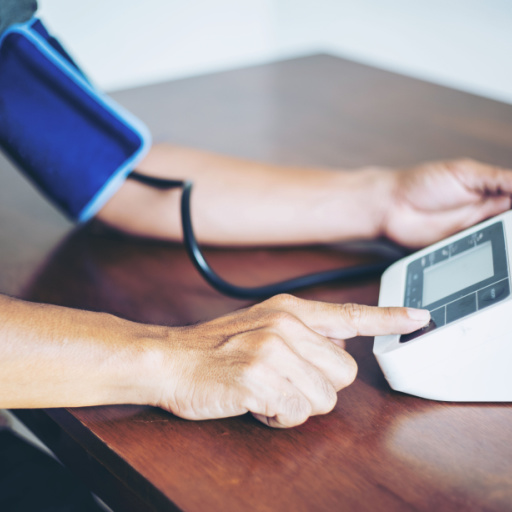
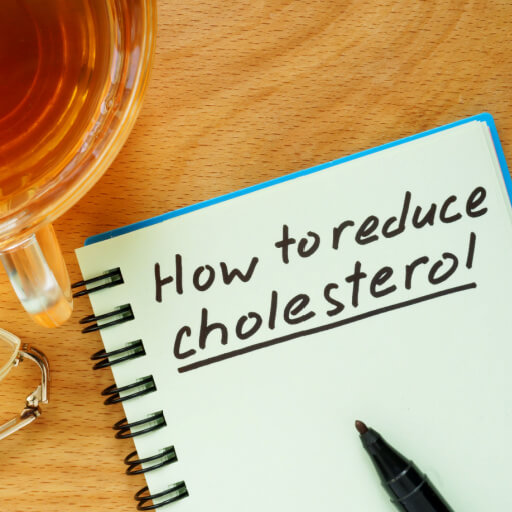
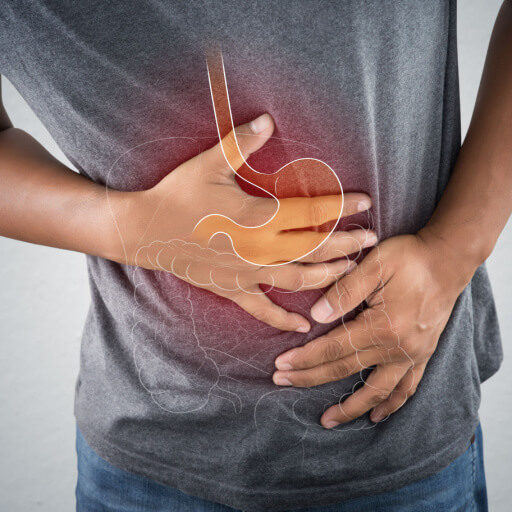
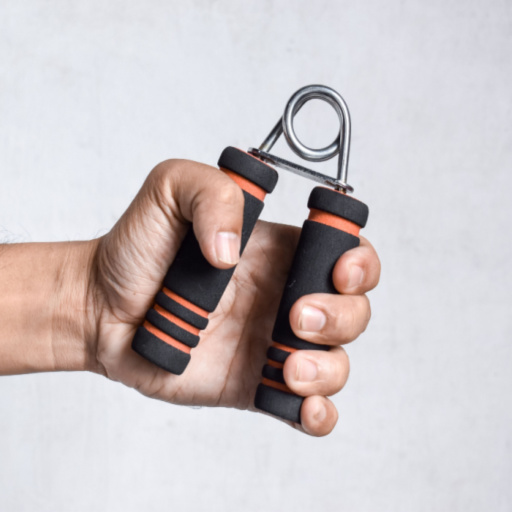
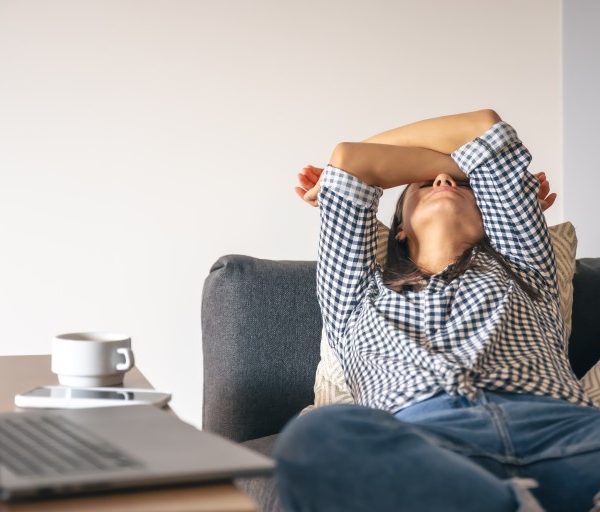
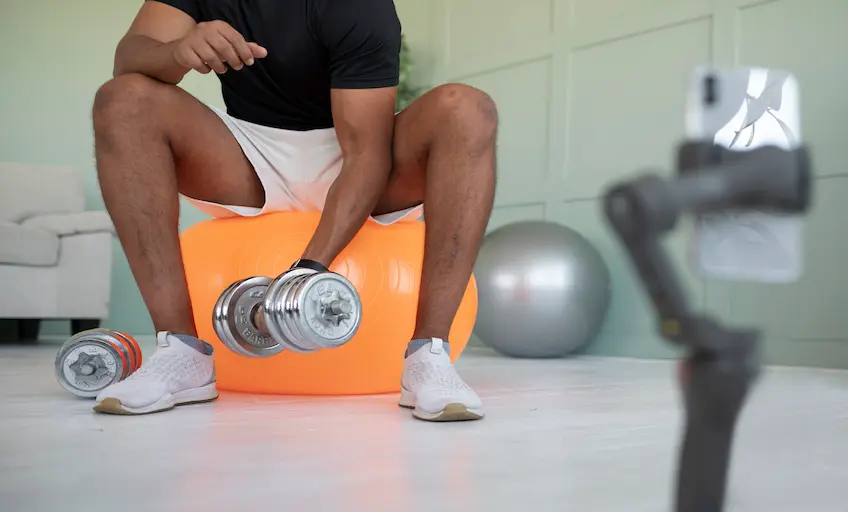
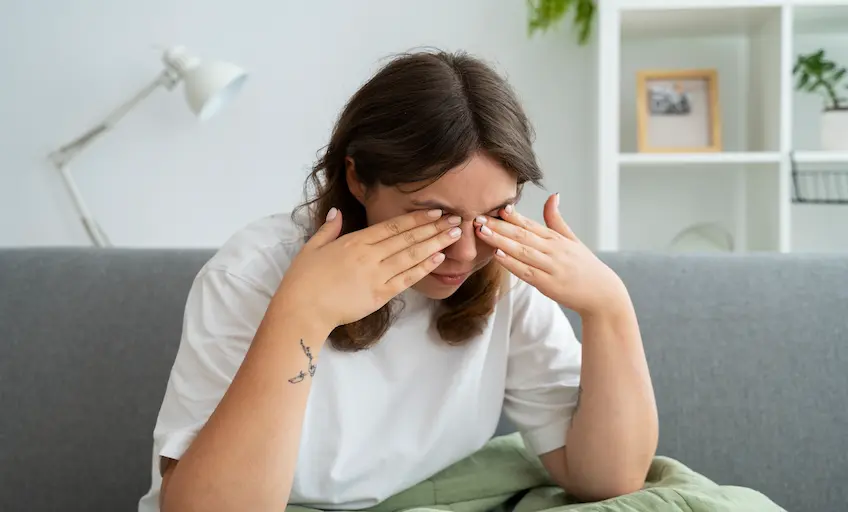

I am extremely inspired together with your writing abilities and also with the structure for your weblog. Is that this a paid topic or did you modify it yourself? Either way keep up the nice high quality writing, it is rare to see a nice blog like this one nowadays